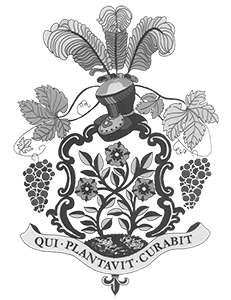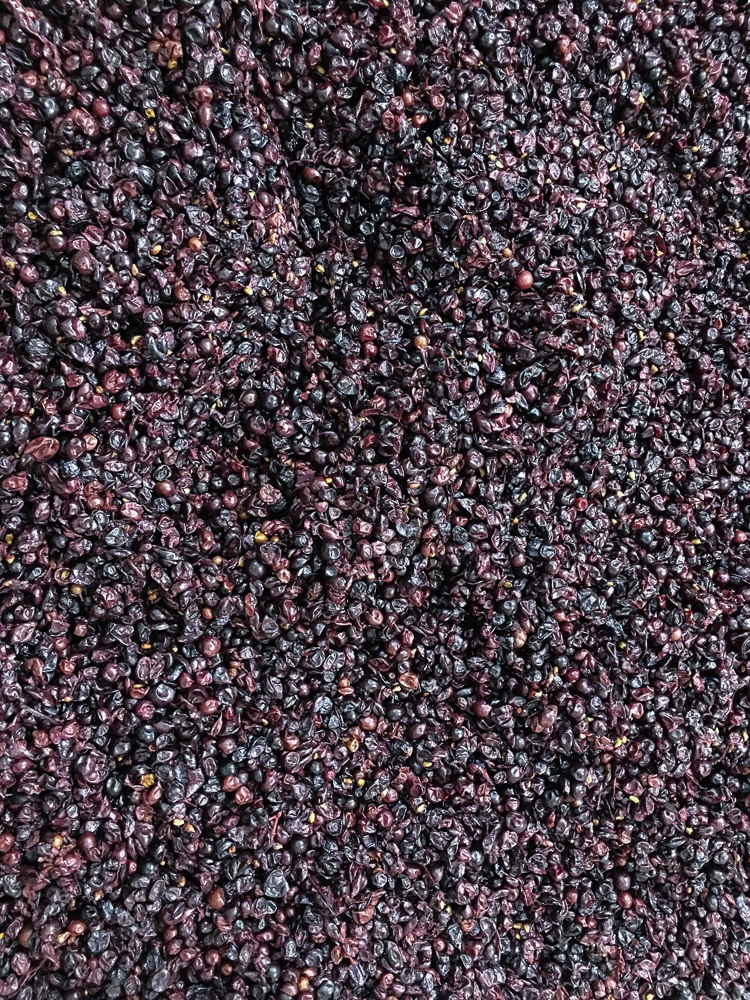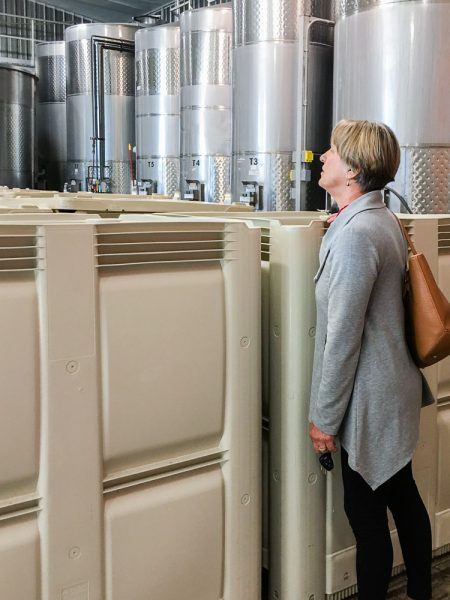
Christine Stimac, Three Feathers Estate owner, looking at the first harvest grapes in fermentation tanks at Lady Hill Winery, Saint Paul, Oregon, USA.
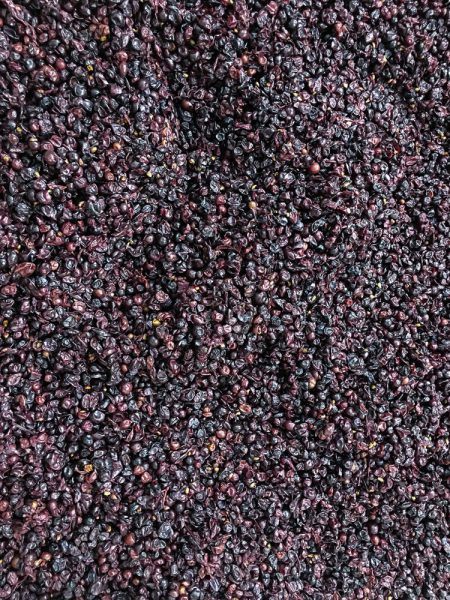
Three Feathers pinot noir grapes sorted and de-stemmed and ready for the fermentation tanks, Lady Hill Winery, Saint Paul, Oregon, USA.
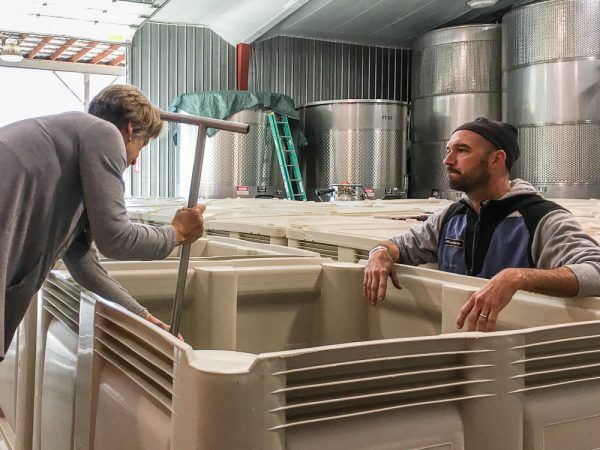
Christine Stimac, Three Feathers Estate owner, presses the first harvest grapes in fermentation tanks in the company of winemaker Dan Duryee of Lady Hill Winery, Saint Paul, Oregon, USA.
Custom Crush at Lady Hill Winery with Winemaker Dan Duryee
Recent genetic studies of grape varieties has identified Pinot Noir as one of the oldest grapes in the world. A small cluster variety, Pinot Noir has a reputation for being a finicky grape. It prefers cool nights and warm days. The wine is light in color and flavor and on the dry side compared to some other Red Wines. It’s flavor is subtle, not assertive.
The Willamette Valley, Oregon has the perfect conditions to grow Pinot. In 2016, we experienced a relatively dry and warm spring followed by a dry and warm summer. Perfect conditions for a great harvest. The only “damper” on this was an early start to our rainy season – just as we were starting harvest in mid-September! Everyone in the valley was doing a balancing act between getting picked with the proper amount of sugars (Brix) and picking before the rains came in earnest.
Three Feathers 2016 Pinot Noir was made in the Burgundian style with minimal manipulation so the character of the fruit is primary. The fruit was picked, sorted, and de-stemmed. After 21 days in the fermentation tanks it was gently pressed and barreled in four neutral oak barrels. The wine was left in the barrels for at least 10 months. The Reserve will be bottled after 16 months.
The wine is a ruby red color with an aroma of fruits and berries. It has low alcohol and acidity so the flavor is pleasant, mellow and bright.
A total of 100 cases were made.
